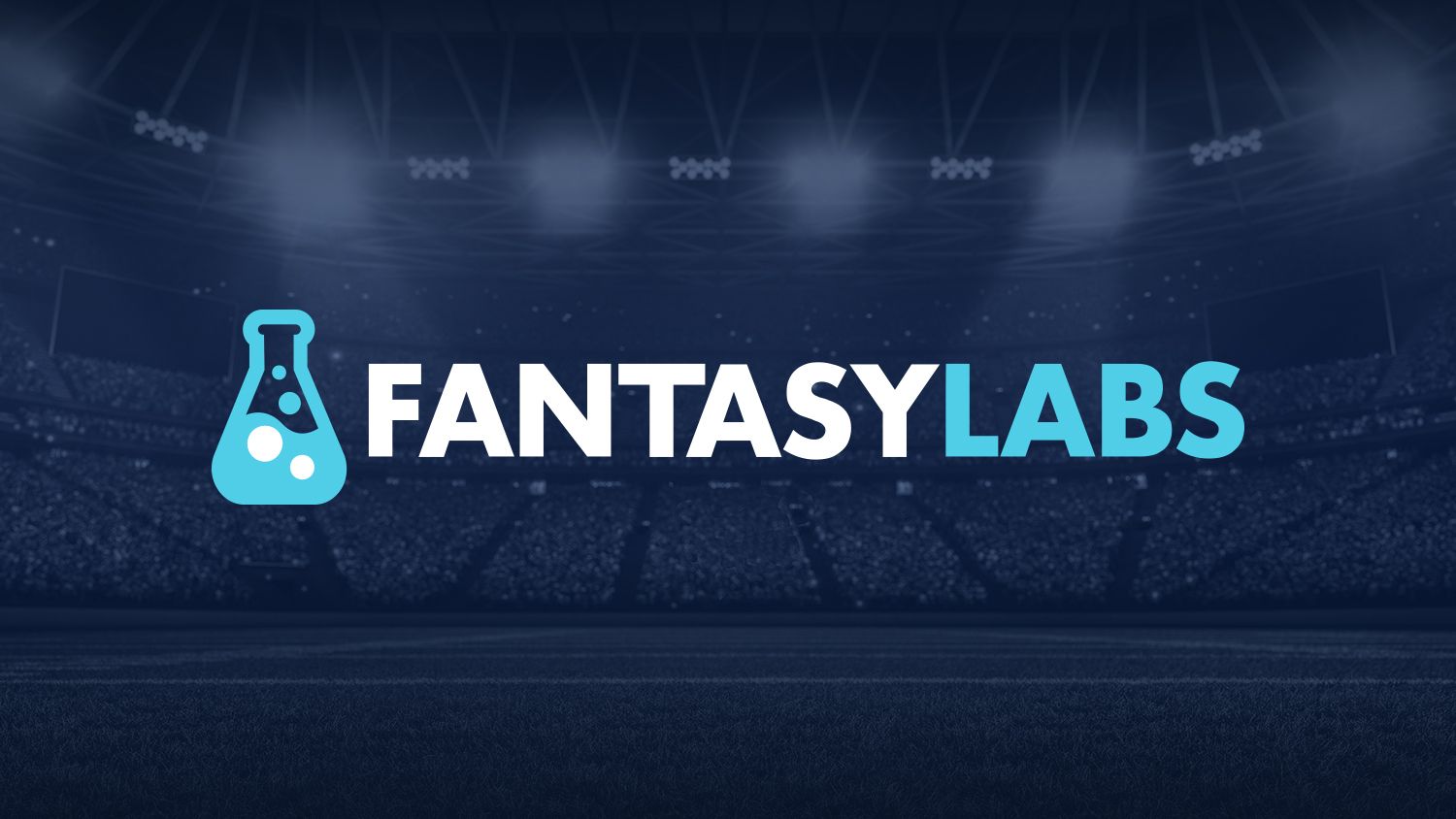This article is a breakdown for my general Showdown strategy and how I approach the format, particularly in large-field GPPs.
NFL Showdown is one of my favorite formats, both because it makes an island game more interesting and because there are so many different ways to play from a strategy perspective. In my opinion, there is no “correct” way to play Showdown formats — rather — it depends on the contest type, size, and your particular play style.
General NFL DFS Showdown Strategy
In cash games and smaller field tournaments (100-3,000 entries), it makes sense to implement rules in order to build the most optimal lineups from a projection standpoint.
In large-field GPPs, however, I do not think this is the case. In tournaments, the closer you play to the “optimal” lineup from a projection standpoint, the more likely you are to be duped since so many players are plugging commonly suggested rules into their optimizer of choice and running 20 or 150 lineups. To be clear, if your play style is more risk-averse and you don’t mind splitting the top prize 30+ ways, then there really is nothing wrong with using good rules to make smart correlated lineups while minimizing your downside.
You can absolutely finish the season with a positive ROI, but your upside will ultimately be capped.
Also, make sure to check out all the projections available for purchase within the FantasyLabs Models. Subscribers now have the option to purchase Derek Carty’s THE BLITZ from our Marketplace. Projections from One Week Season and Establish the Run are available if you’re a subscriber to those specific sites (our optimizer is a separate add-on feature).
You can also combine them to create your own aggregate projections:

On the other hand, if your goal is to truly maximize expected value (EV) and minimize the times your lineups are duplicated, then you have to find ways to get different. The easiest way to accomplish this is by using less salary. If you look back through historical winning lineups, it is not uncommon to find lineups that used salary somewhere in the $47,000 range. These lineups will inherently be less likely to be duped, as the natural instinct is to use the more expensive player when you can afford it.
It is also important to remember that each game is different and filled with inherently random outcomes that you simply can not project. More often than not, a Captain wide receiver is paired with his quarterback, but what about a crazy scenario where that wide receiver throws a touchdown on a trick play and scores a rushing touchdown as well? You could never predict such a unique outcome, but if you use rules, then you completely group out less likely outcomes that are also less likely to be duped.
For that reason, I seldom use hard and fast rules because I want access to more unique builds and don’t want to run the risk of grouping out the optimal lineup.
Favorite Showdown Tools
One of my favorite tools is the Player Correlation tab in our Lineup Optimizer, which lets you provide a projection bump or a projection decrease between players. This changes the likelihood of a combination of players appearing together without completely forcing it in or out.
With all this in mind, my aim in my weekly articles is to find what I think is the biggest edge on that particular slate.
Secondarily I will post rules I think you should consider. These will be meant as a guide to help you think about how you want to play each slate with the help of the FantasyLabs Player Models, Lineup Optimizer, and tools.






